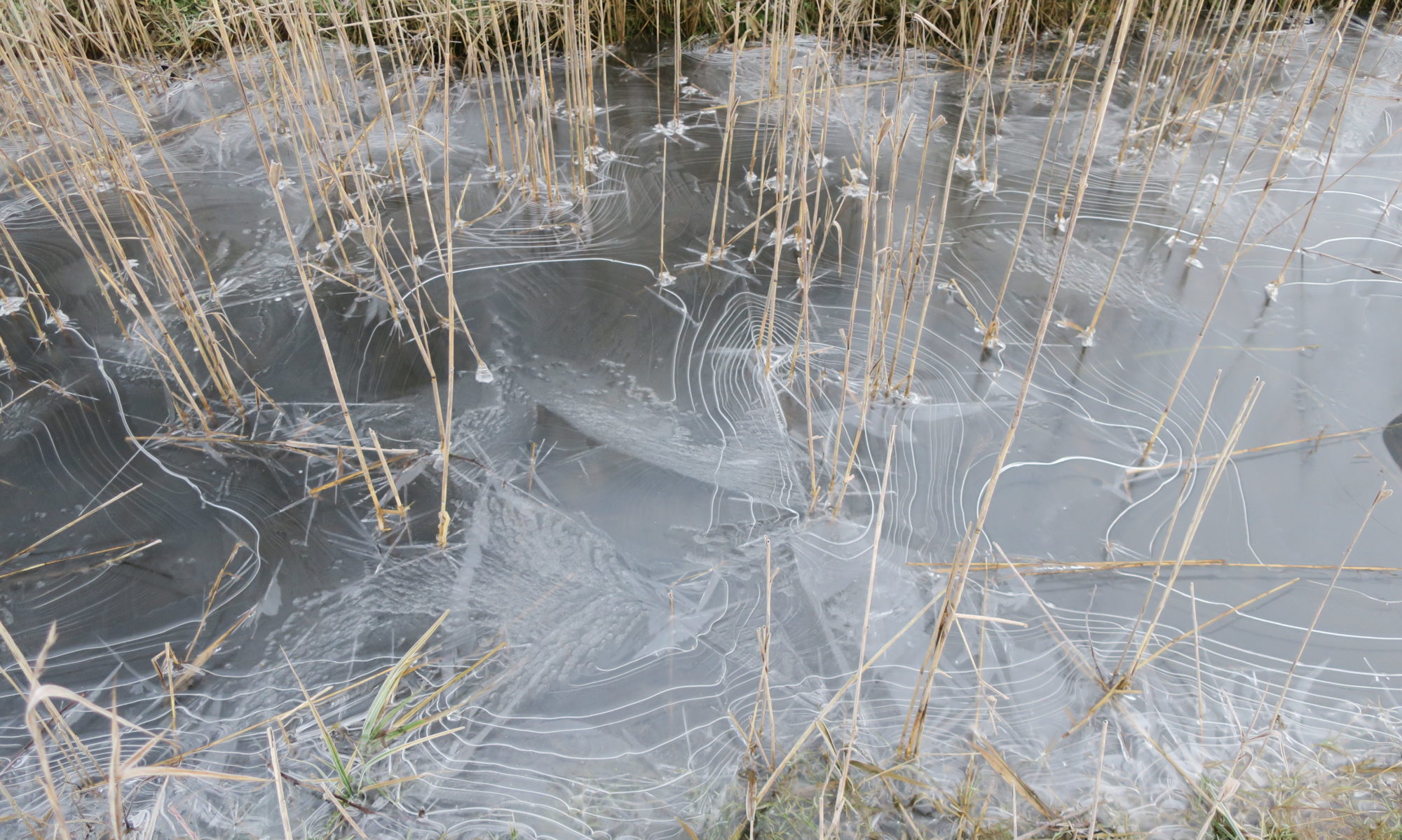For a number of years, Tim Hill has recorded what he has seen and heard on Marston Marsh. As we enter the new season, Tim looks back on 2023 to inspire us to get out and about to see and hear for ourselves in 2024:
“Chiffchaffs are always the first to arrive. Last year I heard my first on 20th of March and they were singing, or calling, regularly until the middle of October. There was a lone one calling on 25th November about 6 weeks after the last October one.
Blackcaps started singing on 3rd April and stayed until 18th July. A passing bird was heard on 4 September. They do not seem to overwinter here.

Sedge warblers arrived on 16th of April staying until 18th July with a lone one on 1st August.
Whitethroats arrived on 22nd April, and two grasshopper warblers were heard from 24th April. Whitethroats stayed until 1 August and grasshopper warblers until mid-July with a passing one reeling on 10 August, stopping off on its way south.
Reed warblers were heard from 1st May until 24th July. This was another species heard again after a gap of several weeks with one calling on 3rd September.
The warbler that was only heard once was a willow warbler on 26th April. Many years ago, these were regularly heard in the trees around the entrance to the marsh near Abinger Way. Last year saw the reappearance of Cetti’s warblers of which there were probably two. One was heard at the end of March, and early April, and then two territories were identified with birds calling from 9th September to the end of the year.
Blackcaps tend to be found along the path that runs parallel to the old road, from the style to the main entrance. They can also be found in the woods around the seat by the gate at the Western end of the marsh. Garden warblers, which sound similar, tend to prefer the woods by the river but sometimes are seen above the pair of gates leading onto the marsh after entering from Abinger Way. It takes me a while to get tuned in to the difference between their songs each year and often, when I think I have found one of them it shows itself and is the other. After several weeks my recognition improves greatly.
The sedge warblers prefer the strip of reed running north from the bridge at the east end. As more arrive they start to set up territories along the railway embankment at the west end of the marsh too.

Reed warblers seem to like the same strip of reed as the sedge warblers, and again I have to tune in to the year’s particular birds. Reed warblers also like the reeds either side of the path where the blackcaps are found but stay closer to the gate by the style.
Chiffchaffs and whitethroats can be seen, and heard, in any of the wooded areas around the fringes of the site and are probably the most numerous of the warblers. I would estimate that there may be up to ten chiffchaff territories here and possibly as many whitethroat ones.
Grasshopper warblers prefer the central area of the marsh. They are often heard south of the bank that runs from East to West by the owl box or between the river and the golf tee that is cut back into the woods. I have only had one good sighting in previous years, but I have spoken to people who have seen them more recently and more regularly. Two seems to be the normal population.
Goldcrests are here year-round and prefer conifers or ivy covered trees. They are best detected by their reeling song or high-pitched call and can take some time to get a good view of.”
Good news for 2024 is that by the 23rd of January Tim had seen 51 species on Marston Marsh which equals the total for all of January 2023. (Update on 2nd February: Total for all of January 2024 turned out to be 54, a red kite was in the last three of the month).
